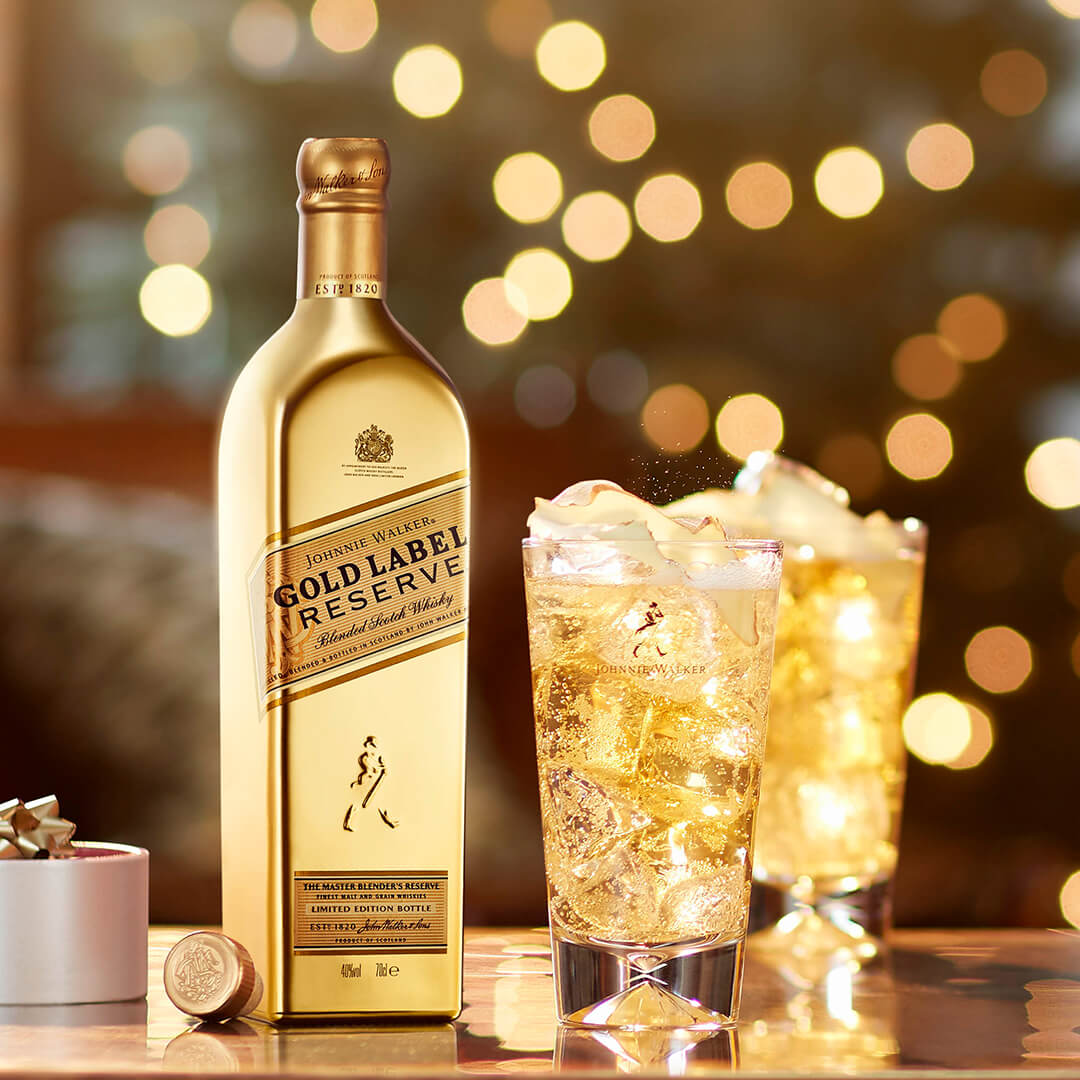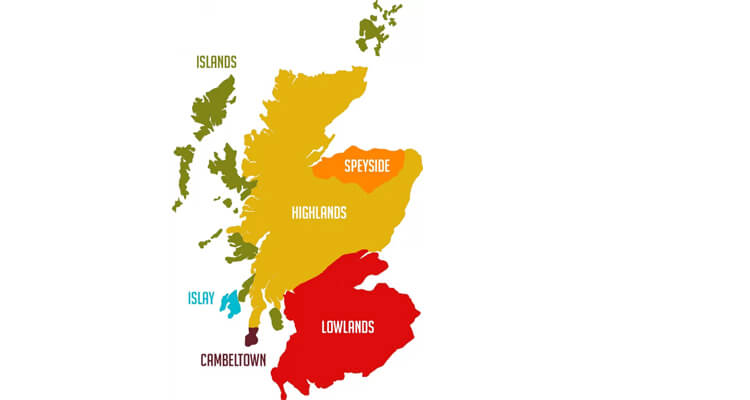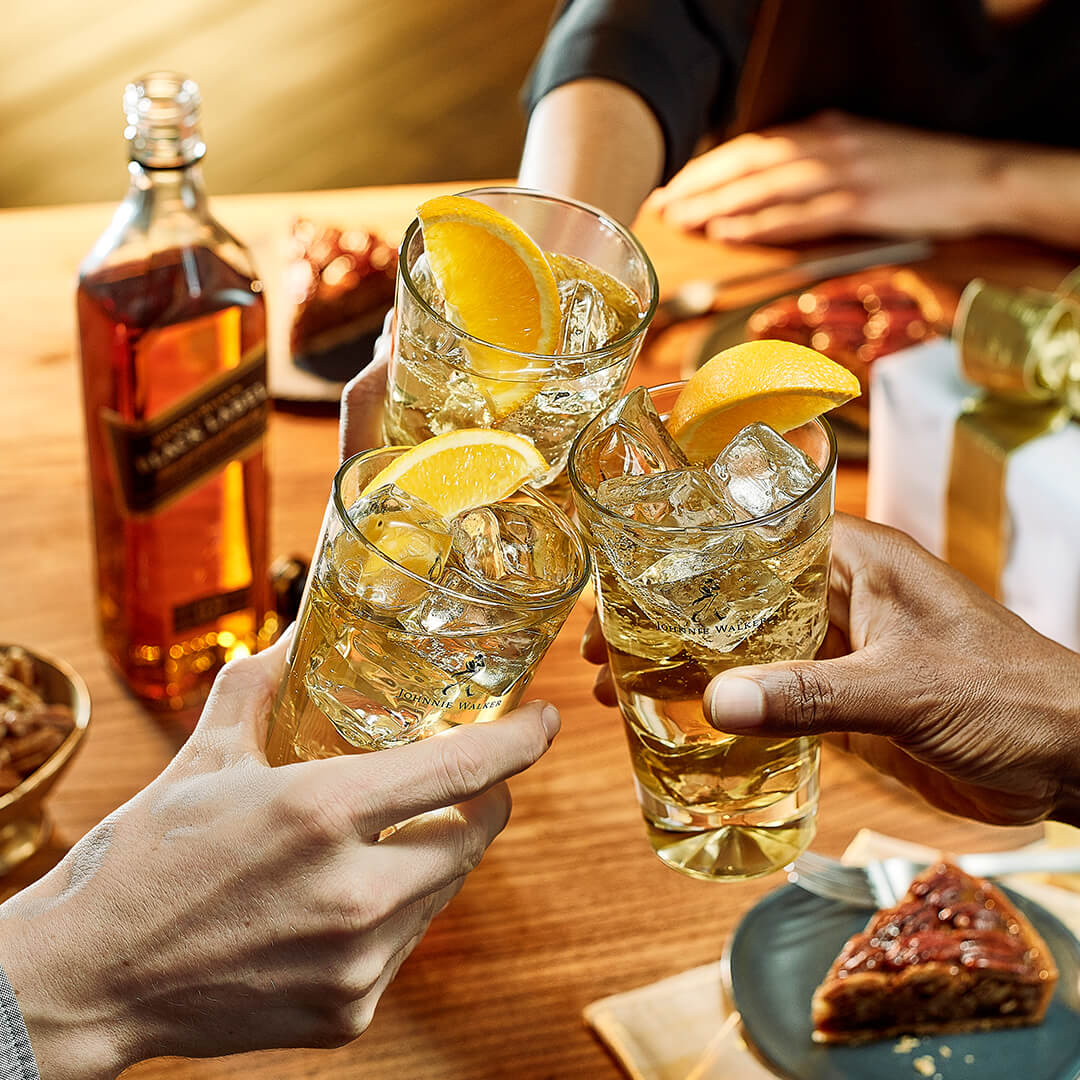Zachary Abbott Gives Us The 101 On Scotch Whisky
Did you know that the first written mention of Scotch whisky is in the Exchequer Rolls of Scotland, 1495?
Well, that explains why Scotch whisky is the most sought-after in the world!

Want to know more about this wondrous concoction? Read on!
The Origin
Scotch has a vast and varied history. According to the Scotch Whisky Association, Scotch whisky evolved from a Scottish drink called uisge beatha, which means ‘water of life’.
Well, for us it indeed is the nectar of life!
From English taxation resulting in an increase of production to the creation of blended whisky, there has never been a dull moment.
How Scotch came to be has been debatable. Some believe it was Irish priests travelling to Scotland to spread Catholicism who bought it, while others say it was created in Scotland itself.
Regardless, Scotch whisky is enjoyed by millions across the world, with its five regions providing varied and ever-changing flavour characteristics.
There really is a whisky out there for everyone!
What is Scotch Whisky?
One of the biggest misconceptions about Scotch is that single malt is superior to blended whisky. This could not be further from the truth!
While Single malt whisky is whisky that comes from a single distillery, Blended whisky is the product of blending different single malts and sometimes neutral grain spirit together.
Without a doubt the most progressive advancement in Scotch would be in the introduction of blended whisky around the middle of the 1800’s. Single malt whisky at the time could be a little inconsistent. It was the blending of malts that provided a uniform and consistent product.

The Stamp of Scotch
To be labelled a Scotch whisky, it obviously has to be produced in Scotland itself. Also, the whisky must be matured for a minimum of three years in wooden casks that do not exceed 700 litres capacity and have a minimum of 40% ABV. Also, the whisky must not be sweetened or flavoured.
The industry employs over 40,000 thousand people and results in 20 million casks maturing in Scotland. There are over 120 distilleries across Scotland making enough whisky that Scotch accounts for 20% of all UK food and drink exports.
The Regions and Their Flavours
Scottish whisky production is generally divided up into five regions:
The Speyside: The most densely populated region with distilleries. This region actually has half of the active distilleries in Scotland. Filled with nutty and fruity flavours, this region produces amazing whisky with apple, pear, honey, vanilla and even spicy notes.
Highland: The highlands will generally produce a rather balanced dram. Oak and fruitcake can be experienced with the addition of light smoke and heather. These powerful Scotches bridge the gap between spice and floral silkiness.
The Lowlands: Lowland whiskies are soft and smooth for the most part. These whiskies can offer elegant expressions of flavours such as honeysuckle, ginger, toffee, and cinnamon.
Islay: Home of peated whisky. Islay whisky is famous for providing peat, smoke and salt. Bold and brash, these drams are complex with layers of flavour unravelling with every sip.
Islands: Balanced drams that incorporate fresh citrus notes and a smooth smoke and peat element. Honey, heather and black pepper can be experienced with a soft touch of sea salt being provided from the Atlantic.

Image credits: greatdrams
Go Your Own Way
So, when one finds their long-lost Scotch love, how is one to drink it?
Many people will go out of their way to push certain ceremonial processes into the drinking and enjoyment of whisky. The key word is enjoyment, how you like it is how you should drink it. There is no correct way to drink Scotch, so don’t let people tell you there is.

Now, say cheers to a happy day ahead!





